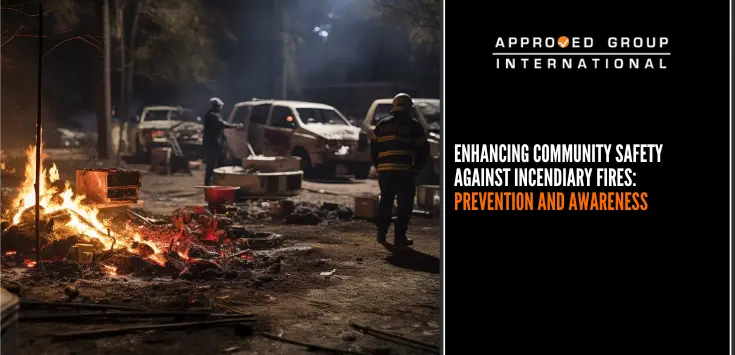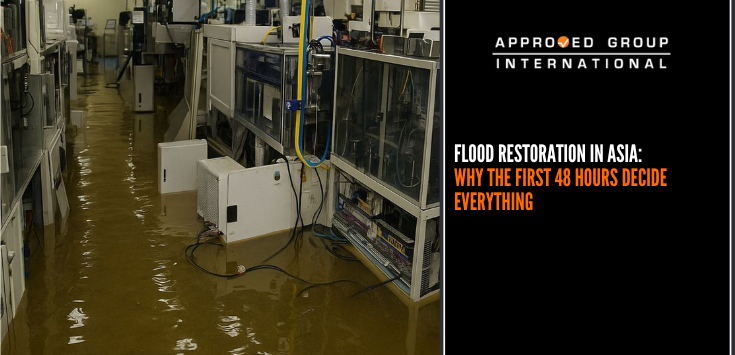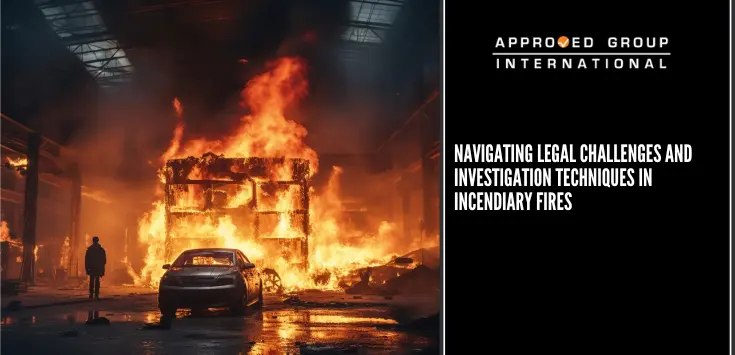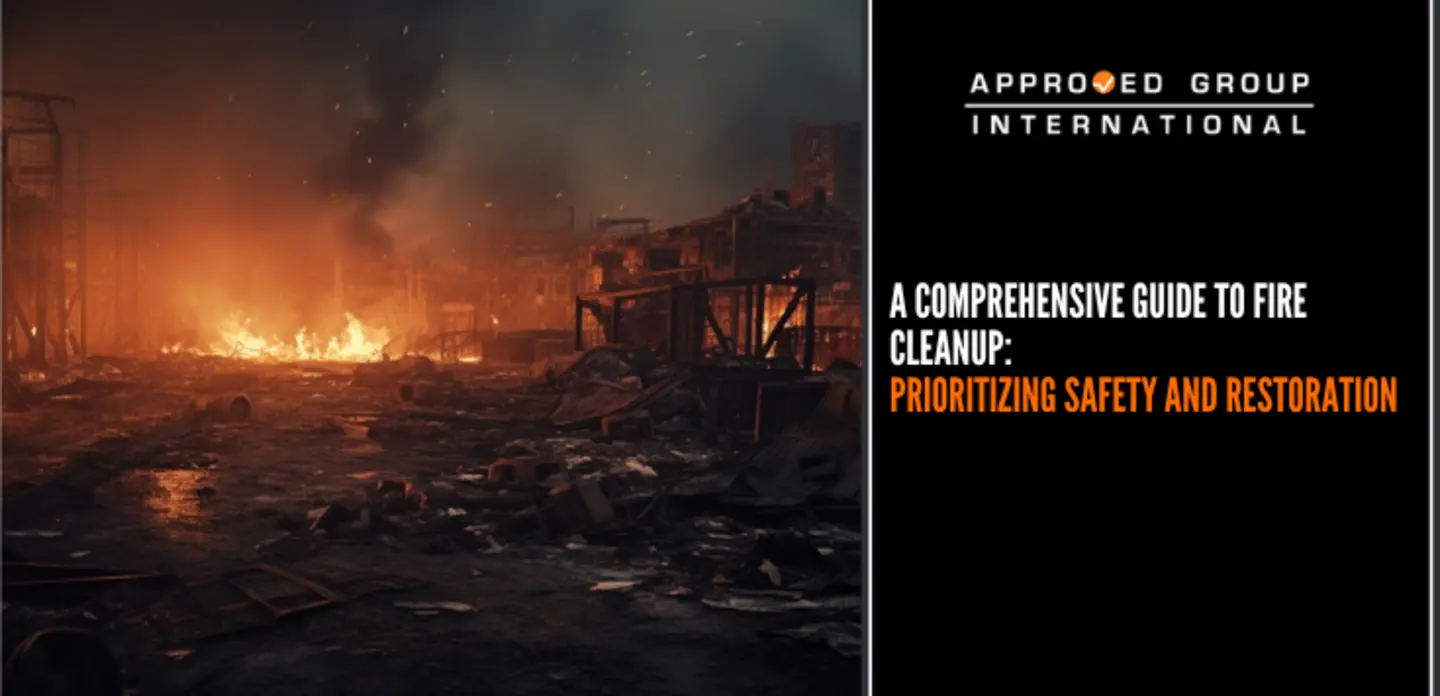Incendiary fires, those deliberately set to cause damage or harm, pose a significant threat to community safety. Not only can they result in the loss of property and lives, but they can also create widespread fear and disruption. Preventing these fires requires a community-centric approach focused on education, vigilance, and the implementation of effective safety measures. This article explores practical steps communities can take to prevent arson and enhance their resilience against such destructive acts.
The Importance of Community Education
Education is a cornerstone of arson prevention. By raising awareness about the risks associated with incendiary fires and the ways to prevent them, communities can significantly reduce their occurrence. Educational programs should target all age groups, ensuring that everyone from schoolchildren to the elderly understands the dangers and the steps they can take to protect themselves and their property.

Educational Strategies:
School Programs
Incorporating fire safety into school curricula can teach children the dangers of playing with fire and the consequences of arson.
Public Workshops
Conducting workshops and seminars for adults can cover topics such as identifying potential fire hazards, the importance of maintaining fire-safe environments, and the legal consequences of arson.
Online Resources
Providing access to online resources, including articles, videos, and interactive tutorials, can help spread fire safety information widely and conveniently.
Reporting Suspicious Activities
Deliberate fire setting is a premeditated act, and those planning it may exhibit suspicious behaviors or conduct overt preparations. Training community members to recognize and report these activities to authorities can be crucial in preventing deliberate fire attacks.

Signs to Watch For:
Unusual Accumulation of Combustible Materials
Be wary of anyone stockpiling gasoline, fireworks, or other flammable materials without a clear purpose.
Frequent Visits to Target Sites
Individuals repeatedly visiting potential target sites, especially at unusual times, may be planning something illicit.
Interest in Previous Fire Incidents
An unusual fascination with fires, especially recent local incidents, can sometimes indicate a deeper interest or involvement in deliberately starting fires.
Installing Surveillance and Security Measures
Enhancing the security infrastructure within communities can deter potential arsonists and aid in the quick resolution of incidents that do occur.
Effective Security Measures:
Surveillance Cameras
Installing cameras in key areas can discourage would-be deliberate fire starters and provide crucial evidence if a fire does occur.
Community Patrols
Organizing neighborhood watches or community patrols can ensure regular monitoring of vulnerable areas, making it harder for arsonists to act unnoticed.
Lighting
Keeping areas well-lit during nighttime hours can reduce the likelihood of clandestine activities, including deliberately lighting fires.

Interactive and Engaging Fire Safety Content
To keep the community engaged and informed about fire safety, interactive content such as quizzes and video tutorials can be extremely effective. These tools not only educate but also keep fire safety at the forefront of community consciousness.
Examples of Interactive Content:
Quizzes
Online quizzes about fire safety can test knowledge and reinforce learning, making the information more likely to be remembered in an emergency.
Video Tutorials
Step-by-step videos on how to identify fire hazards, use fire extinguishers, and execute evacuation plans can provide practical skills to community members.
Virtual Fire Drills
Encouraging participation in virtual fire drills can help residents and businesses practice what to do in case of a fire, ensuring better preparedness.
Community Partnerships and Support Systems
Building partnerships between fire departments, law enforcement, local businesses, and community organizations can create a supportive network that enhances overall safety.
Building Strong Networks:
Fire Department Collaboration
Regular interaction with local fire departments can provide communities with up-to-date information on fire safety and arson prevention.
Business Engagement
Involving local businesses in fire safety campaigns can extend the reach of educational efforts and provide resources for broader community engagement.
Support Groups
Creating support groups for those affected by arson can help recover and reinforce community ties, which is crucial for long-term resilience.
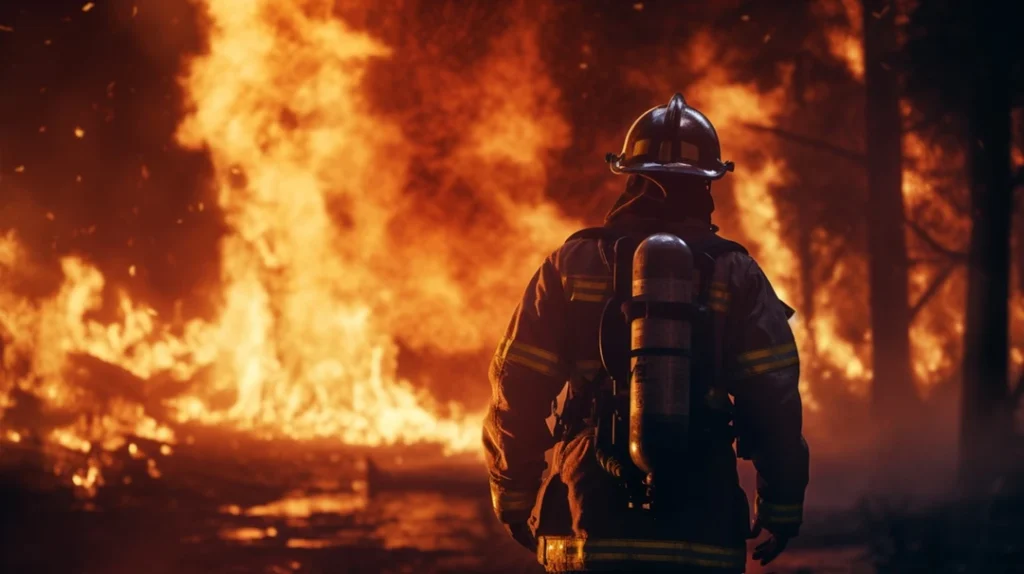
Conclusion
Enhancing community safety against incendiary fires involves a multifaceted approach focused on education, vigilance, and cooperation. By implementing robust educational programs, encouraging the reporting of suspicious activities, installing effective security measures, and engaging the community through interactive content, the risk of unexplained fires can be significantly mitigated. Together, these strategies can foster a safer, more aware, and more cohesive community, ready to protect itself against the threat of incendiary fires.

